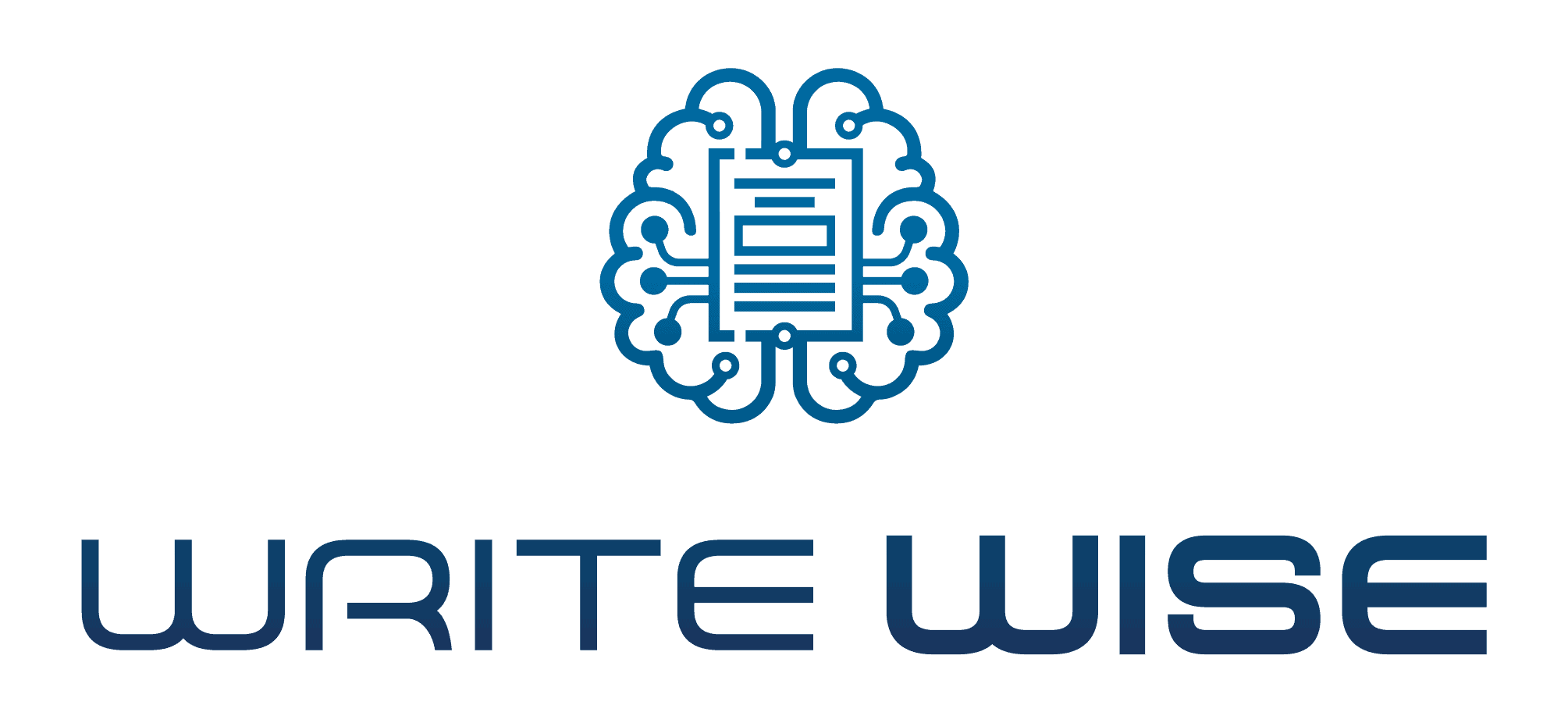Abstract Structure: A Clear Guide to Getting it Right
Category: Academic Writing,How to Write,Writing Guides -
Tags:

The Abstract is your chance to attract readers! Doing that means getting the Abstract Structure right. As supported by Wiley, one of the world’s largest academic publishers, many readers use the Abstract to decide if they will read the full paper. To get the interest of as many readers as possible, the Abstract should be written from a general perspective. In the Abstract, you should precisely, clearly, and concisely summarize the context, the need, the approach to solving the problem, the findings, if the aim was adequately addressed, the solution to the stated problem, and, finally, the relevance of the solution.
We provide a step-by-step of the contents that you should ideally include in your Abstract.
Table of content
Reading Time 5.7 minutes
Breaking Down the Abstract Structure
Each sentence in the Abstract has a specific communicative purpose. For example, the first sentence in the Abstract could communicate “Background” information, which belongs to the content category Introduction. WriteWise classifies the Abstract into four content categories:
- Introduction
- Methods
- Results
- Conclusion
These content categories are described in detail as follows, and they are also covered in our Abstract Video Guide
Introduction
You have published many papers in the most prestigious journals in the world. How do you transmit this experience to your students? Do you have any strategies?
The Introduction content category contains sentences that communicate information related to the “Background,” “State of the Art,” and/or “Problem” of a study.
Background
Sentences that communicate “Background” information present generally known information on the topic to build a theoretical framework, link and evaluate common knowledge, and indicate a broader scope for the study. “Background” information can also highlight the importance of the target topic to substantiate research worthiness and peak reader interest.
Example: The central nervous system plays a crucial role in the development of physical fatigue.
State of the Art
Sentences that communicate “State of the Art” information present the latest advancements in a given discipline. Doing this forms a foundation for later highlighting what is not known (see “Problem” below). “State of the Art” information can be presented by reviewing recent relevant literature, by citing empirical findings, and/or by providing stances on previous findings. All of this is done to build a frame of reference that demonstrates topic mastery and to give theoretical credibility to the current study.
Example: Recent studies have provided evidence implicating the involvement of spinal endomorphin-2 in neuropathic pain.
Problem
After reviewing the “State of the Art” and understanding what is known, you should identify the problems/challenges in your discipline that require attention and/or improvement. Sentences that communicate “Problem” information substantiate the need for research on the given subject matter. Additionally, stating the problem/gap demonstrates that you have critically analyzed current state-of-the-art research.
Example: However, the neural mechanisms underlying CNP remain unclear.
General Aim
The “General Aim” of your study explicitly presents a proposal for how the previously stated “Problem” is going to be solved.
Example: The aim of this study was to investigate if cold acclimation and exercise training overlap in the molecular adaptive response in skeletal muscle.
Methods
The Methods content category in the overall Abstract Structure can be written in either of two styles. The first, more traditional, style is to use one or more sentences to communicate the methodological approach employed to address the “General Aim.” The second, and more contemporary, style presents both the “General Aim” and “Methods” within the same sentence.
Example (single sentence with the “General Aim” and “Methods” together): To determine the degree of clustering for the spatial distribution of integration sites, we used an algorithm that detected site distribution for γ-retroviral and lentiviral integrations.
Example (single sentence with the “Methods” only): We performed transcriptomics analysis on vastus lateralis muscle collected from human subjects before and after 10 days of cold acclimation.
The Methods content category in the overall Abstract Structure can be written in either of two styles. The first, more traditional, style is to use one or more sentences to communicate the methodological approach employed to address the “General Aim.” The second, and more contemporary, style presents both the “General Aim” and “Methods” within the same sentence.
Example (single sentence with the “General Aim” and “Methods” together): To determine the degree of clustering for the spatial distribution of integration sites, we used an algorithm that detected site distribution for γ-retroviral and lentiviral integrations.
Example (single sentence with the “Methods” only): We performed transcriptomics analysis on vastus lateralis muscle collected from human subjects before and after 10 days of cold acclimation.
Results
The Results content category contains sentences that communicate the principal findings of the study, as obtained thanks to the previously mentioned Methods. By adequately presenting the results, you will empirically demonstrate that specific objectives were accomplished. These findings should robustly support the Conclusion (see below).
Example: Insulin production by pancreatic cells was significantly higher in mstnKO mice than in wt mice.
Conclusion
As drawn from the Results, the Conclusion content category can contain two related topics – the conclusions and the significance. Sentences in the Conclusion content category can announce the global conclusion (i.e. the “take-home message”) of the conducted research, which should respond to the stated Problem (i.e. provide the solution). Conclusive sentences should also be linked with sentences that communicate the significance of the study. Sentences communicating the significance present how your conclusion/findings contribute to basic/applied knowledge in the respective area of study (i.e. Why are the findings important? What is their impact?). Importantly, the related topics of conclusions and significance can be communicated in a single sentence or in separate sentences.
Example (single sentence): In conclusion, this study shows that the supplementation of diets with selenium remarkably improved the fish response to stimulation by a viral pathogen-associated molecular pattern (PAMP), providing critical insights regarding the role of selenium in fish defenses.
Example (separate sentences): In conclusion, this study shows that the supplementation of diets with selenium remarkably improved the fish response to stimulation by a viral pathogen-associated molecular pattern (PAMP). Therefore, our study provides critical insights regarding the role of selenium in fish defenses.
Author: WriteWise Team
The WriteWise Team is a dedicated group of specialists in academic writing, with vast experience in teaching and the publication process. The goal of our team is to impart valuable knowledge on a range of topics that will help students, researchers, and universities achieve their goals.
Posted In: Academic Writing,How to Write,Writing Guides
Tagged As:
Share Now!
Check out these other publications
Do you want to learn how to use ChatGPT for Academic Writing?
Show your love!
More Publications





















